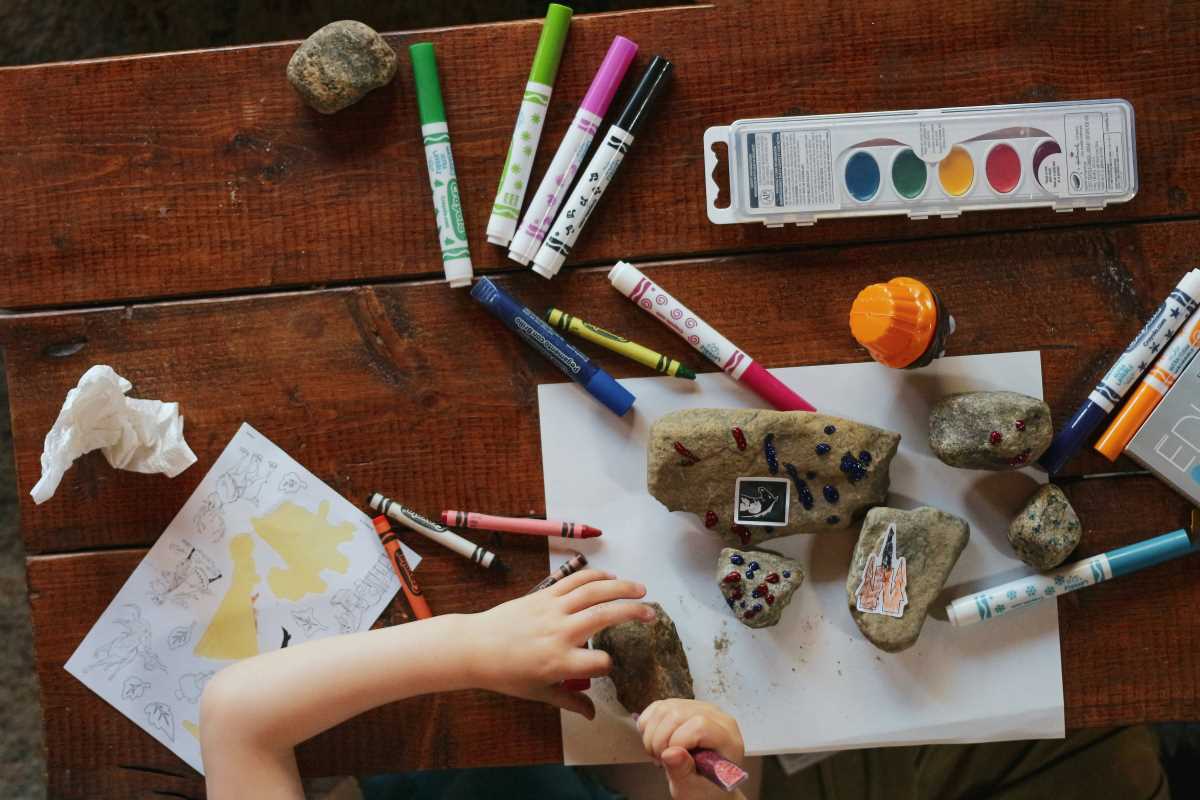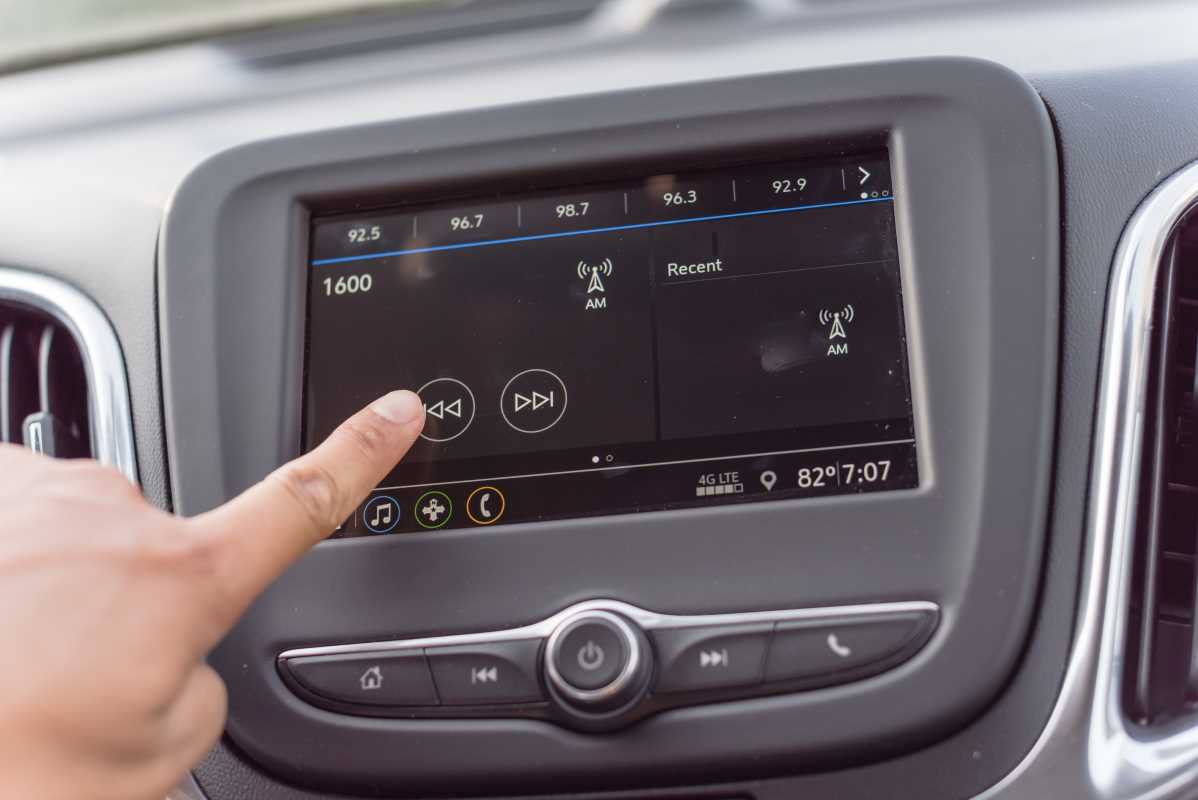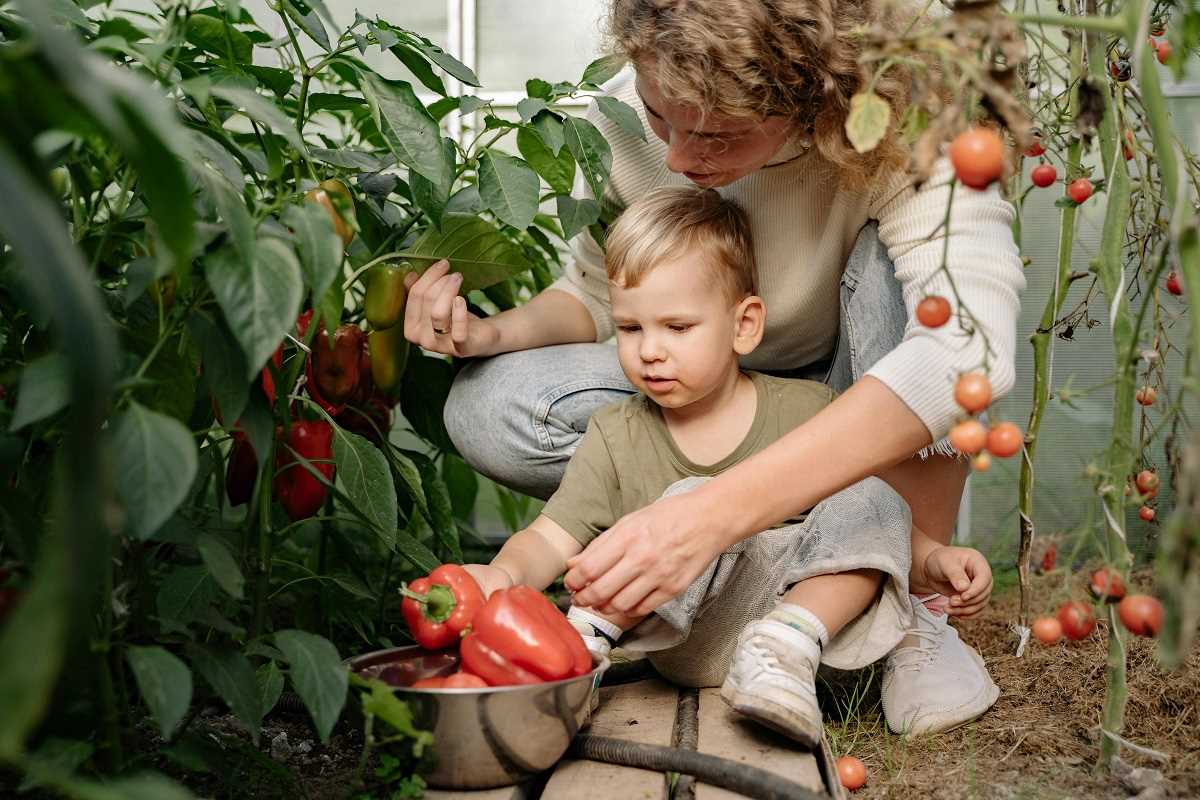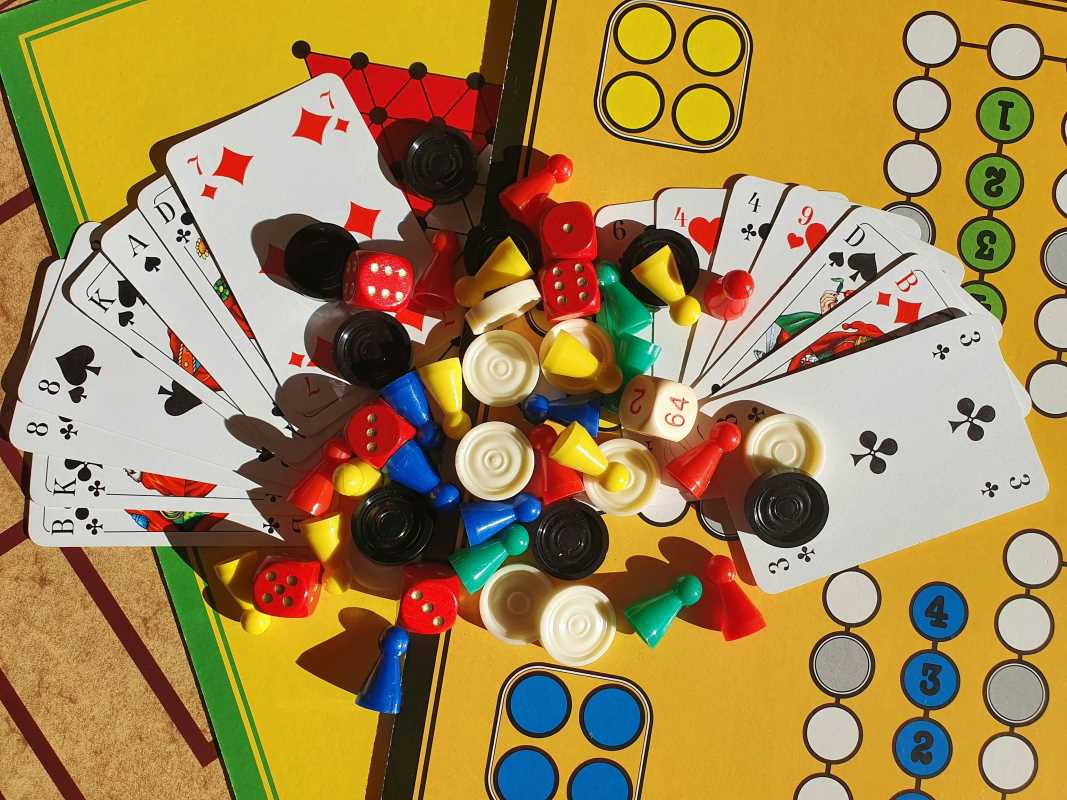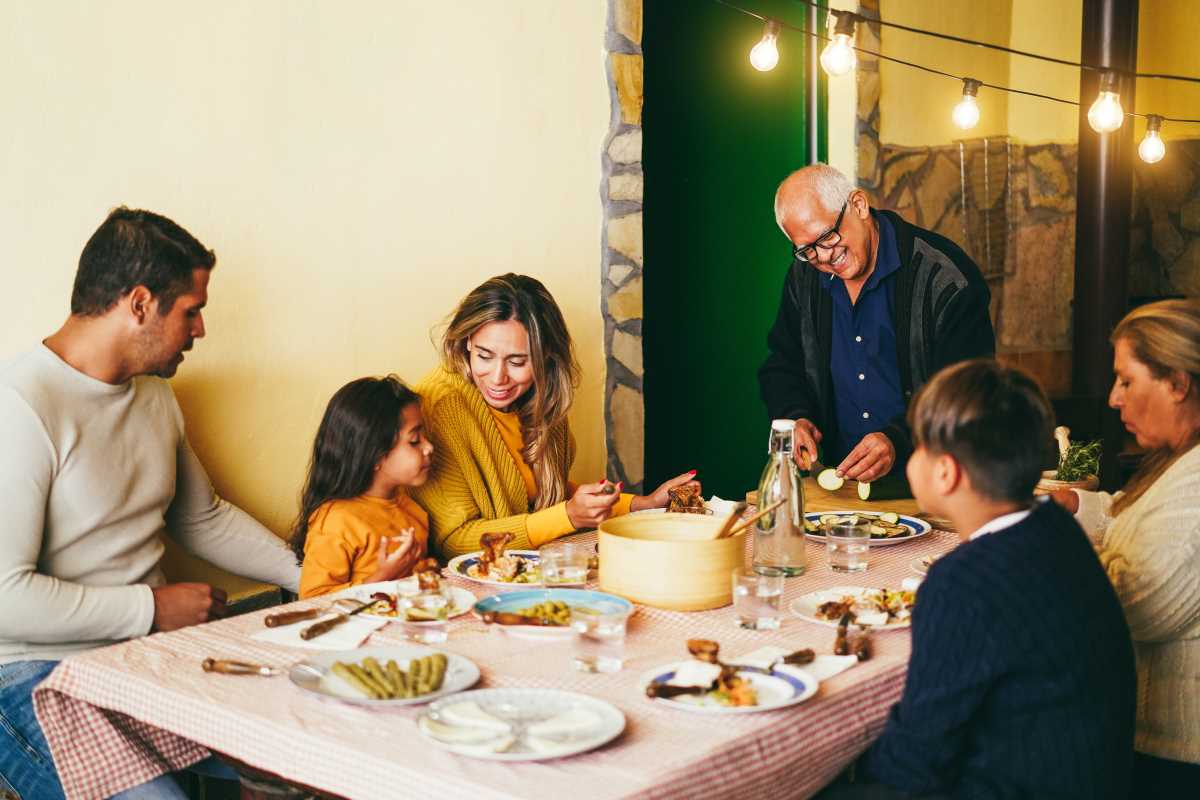Every family's recipes carry stories, traditions, and flavors that reflect generations of shared experiences and cultural heritage. These dishes are often passed down informally—through handwritten notes, casual conversations in the kitchen, or simply by watching a loved one cook. Over time, however, these treasured recipes can be lost if not properly recorded. Creating a personalized cookbook offers a meaningful way to safeguard these culinary gems, ensuring they remain a part of your family's identity for years to come. It’s more than just compiling ingredients and instructions—it’s about preserving memories, honoring loved ones, and capturing the unique character of your family's cuisine. This collaborative project invites family members of all ages to contribute, reminisce, and connect through food. Whether you’re gathering recipes from parents, grandparents, or distant relatives, the process becomes a shared journey that strengthens bonds and celebrates your family's love for cooking and togetherness.
Why Preserve Family Recipes?
- Maintain Traditions: Keeping family recipes alive helps preserve cultural and familial traditions, ensuring they pass down through the years.
- Enhance Family Bonding: Collecting and sharing recipes strengthens connections among family members, creating opportunities to reminisce and share stories.
- Ensure Consistency: Written recipes provide clear instructions, ensuring that dishes taste the same every time someone makes them, regardless of who is cooking.
- Celebrate Heritage: Family recipes often reflect cultural backgrounds and unique influences, honoring your family's diverse heritage.
- Provide a Personal Keepsake: A personalized cookbook serves as a treasured heirloom that current and future generations can enjoy.
Gathering Your Family's Recipes
Start by reaching out to family members to collect their favorite recipes. You can achieve this through family gatherings, emails, or even social media groups dedicated to your family. Encourage everyone to contribute not just the recipes but also any anecdotes or memories associated with them. Look for handwritten notes, old recipe cards, and any existing cookbooks that might already contain some of your family's dishes. Explore diverse sources, as different branches of your family might hold unique culinary treasures.
Take your time to compile a comprehensive list of dishes, ensuring you cover a variety of meal types, from appetizers and mains to desserts and beverages. This thorough gathering process lays a strong foundation for your personalized cookbook, creating a well-rounded collection that represents the diversity and richness of your family's cooking traditions.
Organizing and Categorizing Recipes
- Group by Meal Type: Start by categorizing recipes into sections such as appetizers, main courses, sides, desserts, and beverages. This makes it easier to navigate the cookbook.
- Sort by Occasion: Within each meal type, arrange recipes based on the occasions they suit best, like holidays, birthdays, or everyday meals.
- Arrange by Ingredients: Another method is to organize recipes by key ingredients, such as chicken dishes, vegetarian options, or desserts featuring chocolate.
- Chronological Order: You can also choose to order the recipes based on when someone traditionally prepared them in your family's history, giving a timeline of culinary evolution.
- Create an Index: Finally, include an index at the end of the cookbook for quick reference, listing recipes alphabetically for those looking for a specific dish.
Designing Your Cookbook
Once your recipes are organized, the next step involves designing the layout of your personalized cookbook. Choose a format that suits your family's style, whether it's a sleek, modern design or a cozy, rustic look. Select fonts that are easy to read and complement the overall aesthetic. Consider adding section dividers and using consistent formatting for headings and subheadings to create a cohesive flow throughout the cookbook.
Incorporate visuals such as photos of the dishes, family gatherings, or even scanned images of old recipe cards to add a personal touch. Layout software or online templates can be very helpful in visualizing the final product. Make sure each recipe page includes clear instructions, ingredient lists, and any special tips or variations that make each dish unique to your family.
Adding Personal Touches
Personal touches make your cookbook truly special. Start by including family anecdotes or stories related to each recipe, sharing the history behind the dish or memorable moments when someone enjoyed it. You can also add quotes from family members or notes about why a particular recipe is a favorite.
Consider including sections like "Family Favorites" or "Secret Ingredients" to highlight the most beloved recipes and the unique elements that make them stand out. Adding a dedication page or a family tree can also enhance the personal feel. These elements turn the cookbook from a simple collection of recipes into a rich narrative of your family's culinary journey.
Printing and Sharing Your Cookbook
After finalizing the design and content, it’s time to print your personalized cookbook. You have several options, from DIY printing at home to using professional printing services that offer high-quality binding and paper options. Digital versions also serve as a great alternative, allowing you to share the cookbook easily via email or cloud storage with family members who live far away.
Once printed, consider how you will distribute the cookbook. Presenting it as a gift during family gatherings or special occasions can make it even more meaningful. You can create multiple copies for different family branches or even sell copies if there's interest, ensuring that your family’s culinary legacy reaches as many people as possible.
A personalized cookbook preserves your family's culinary legacy in a meaningful, lasting way. Start today and create a timeless gift that brings generations together.
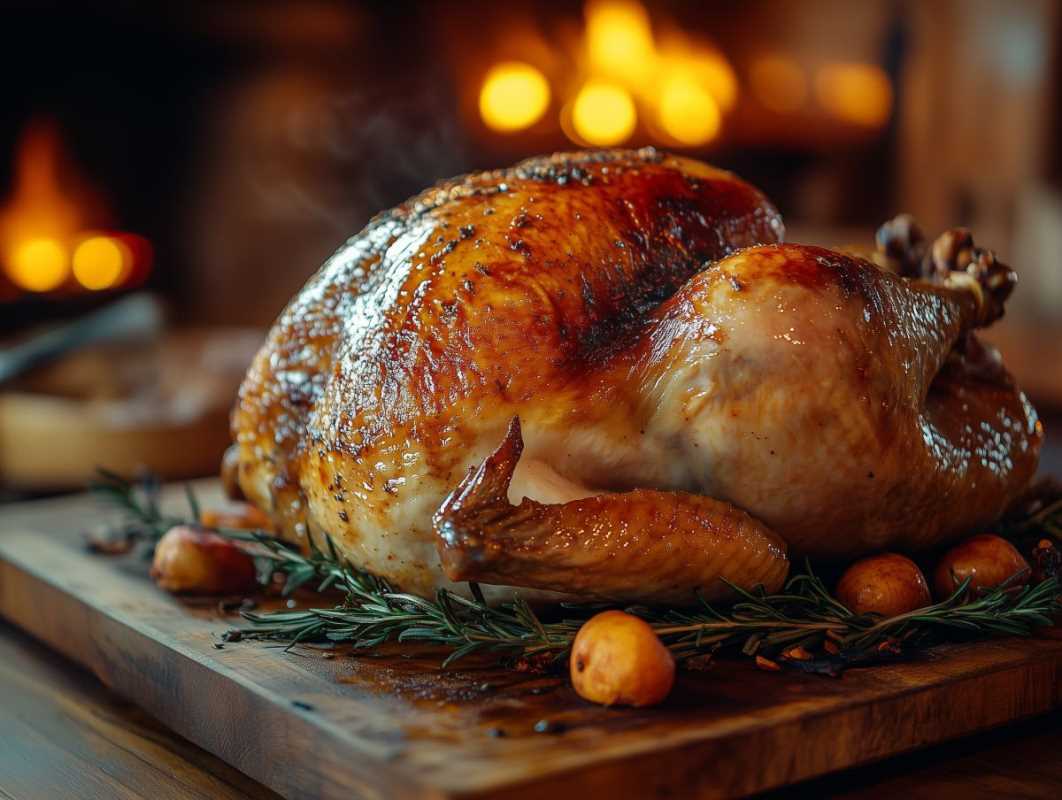 (Image source: Midjourney)
(Image source: Midjourney) 